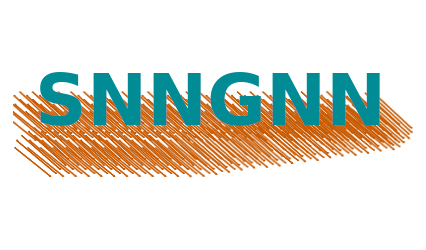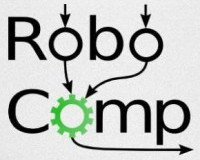Projects
-
Smart Transport Hub
Participation as: PI
(Innovate UK KTP13919, October 2024, 30 months) £310,396.
-
Legrand Care
Participation as: PI
(Innovate UK KTP 13562, January 2024, 30 months) £244,512.
Appearance in media: Scottish Housing news, THIIS
-

Given a particular scenario composed of a room with any number of walls, objects and people (who can be interacting with each other) the network provides a social adherence ratio from 0 to 1. This information can be used to plan paths for human-aware navigation.
More information in the PROJECT's home page and the associated research papers:
-
SocNav1
Datasets are essential for the development and evaluation of ML and AI algorithms. SocNav1 aims at evaluating the robots’ ability to assess the level of discomfort that their presence might generate among humans. It contains 9280 labelled sample scenarios including not only human, objects and walls but also their interactions, which makes SocNav1 particularly well-suited to be used to benchmark non-Euclidean machine learning algorithms such as graph neural networks. These models can be used for human-aware navigation path planning.
The paper associated to the dataset deeply describes the data, the methods employed and provides a brief analysis.
More information:
-

RoboComp is an open-source modern robotics framework. It makes extensive use of technologies such as component-oriented programming and domain-specific languages. RoboComp has a wide range of already-existing components used to communicate with the hardware of several robots. The key features of RoboComp are its tool set and the ease of creating new components using domain specific languages.
It is currently being used in several different robots. For more information, please visit the RoboComp's home page.


